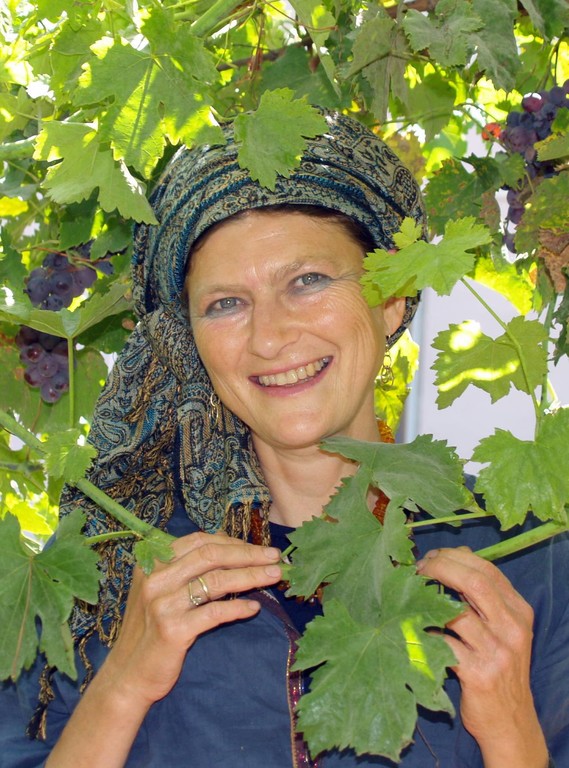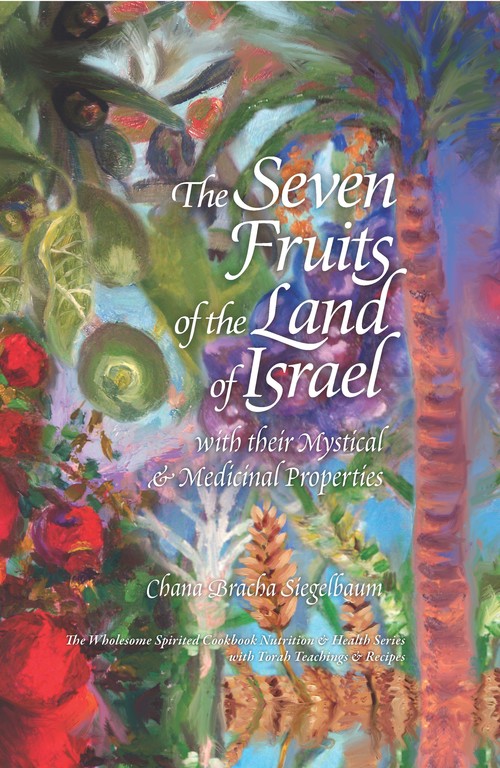Our Tu B’shevat holiday heralds an early spring
With the sharp windy chill in the air there is an increasing wish for an early spring. Our religious tradition has long ago provided us with a meaningful expression of that wish in terms of ritual. We call it Tu B’Shevat, the 15th day of the month of Shevat, which arrives on Sunday night.
Rabbi Berel Wein in an essay entitled, “As the Season Turns,” had this to say:
“Tu B’Shevat marks the turning point of the winter season. Even though there are many weeks of winter still ahead of us, there is no doubt that the season is turning. The days are becoming longer; the sun is higher and brighter in the sky and the ads for Pesach accommodations are more urgent and frenzied in tone. Tu B’Shevat is thus not only a new beginning for the fruits and trees of the Land of Israel, it is meant to signal a new beginning for us as individuals and as a people and a Jewish society.”
This astute observation serves to introduce a chapter dealing with Tu B’Shevat in a previously reviewed book entitled, “The Seven Fruits of the Land of Israel,” by Chana Bracha Siegelbaum (Menorah Books, 2014).
The author devotes the first appendix of her work to a section called “Tu B’Shevat Gleanings,” in which she describes in clear and precise narrative her take on the various observances and historical narratives related to the holiday.
According to Siegelbaum, “the Tu B’Shevat Seder, which is somewhat similar to the Peasch Seder, was compiled by the students of the Holy Arizal. It is based primarily on the Kabbalistic work, ‘Chemdat HaYamim,’ later published separately under the title, ‘Pri Etz Hadar.’
The Tu B’Shevat Seder involves appreciating the fruits of the tree, particularly the Seven Species native to the Land of Israel.
“Although the Pesach Seder is halacha, the Tu B’Shevat Seder is not obligatory. Halachic sources do mention the ‘minhag’ to enjoy an abundance of different fruits on Tu B’Shevat.”

 47.0°,
Mostly Cloudy
47.0°,
Mostly Cloudy 







